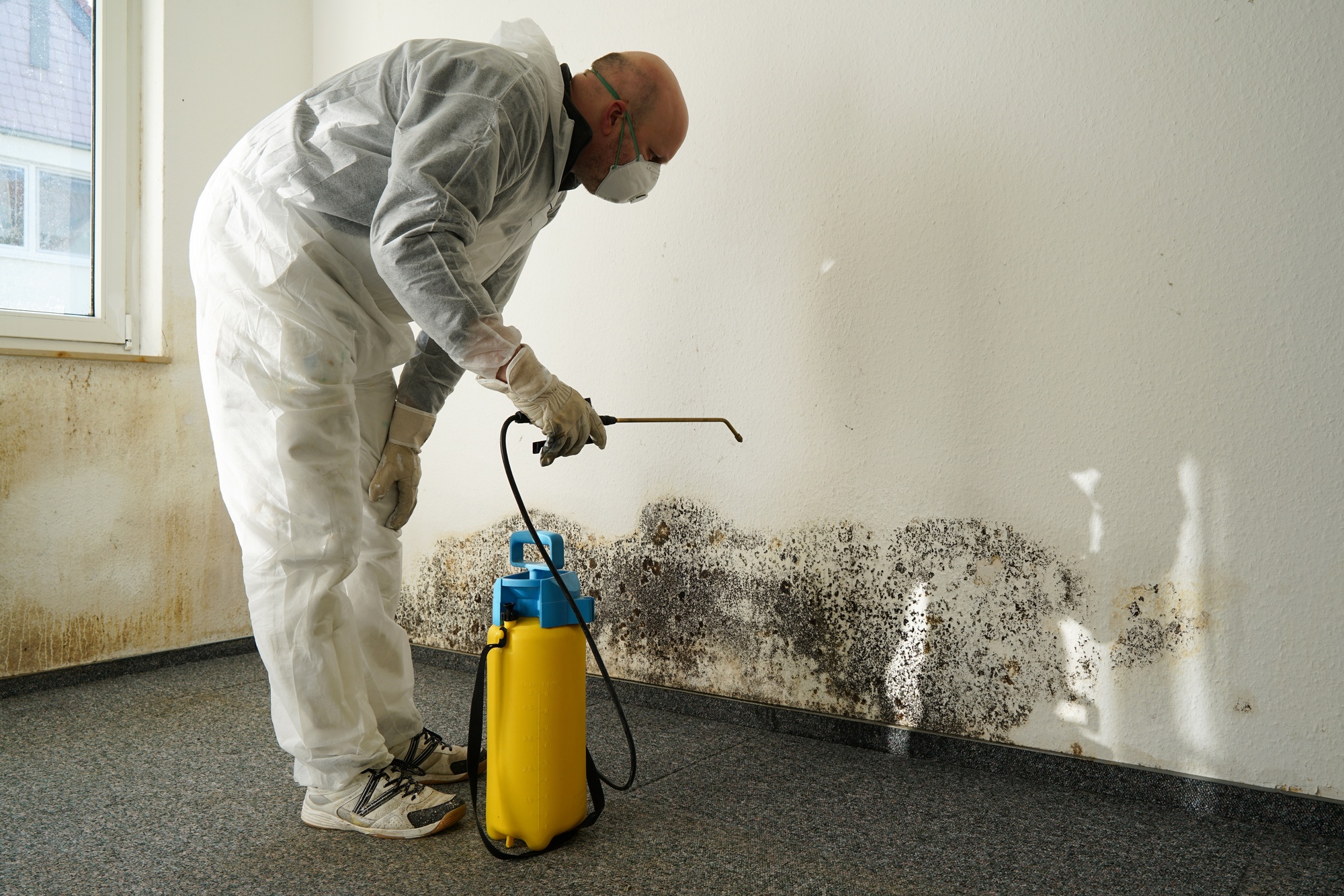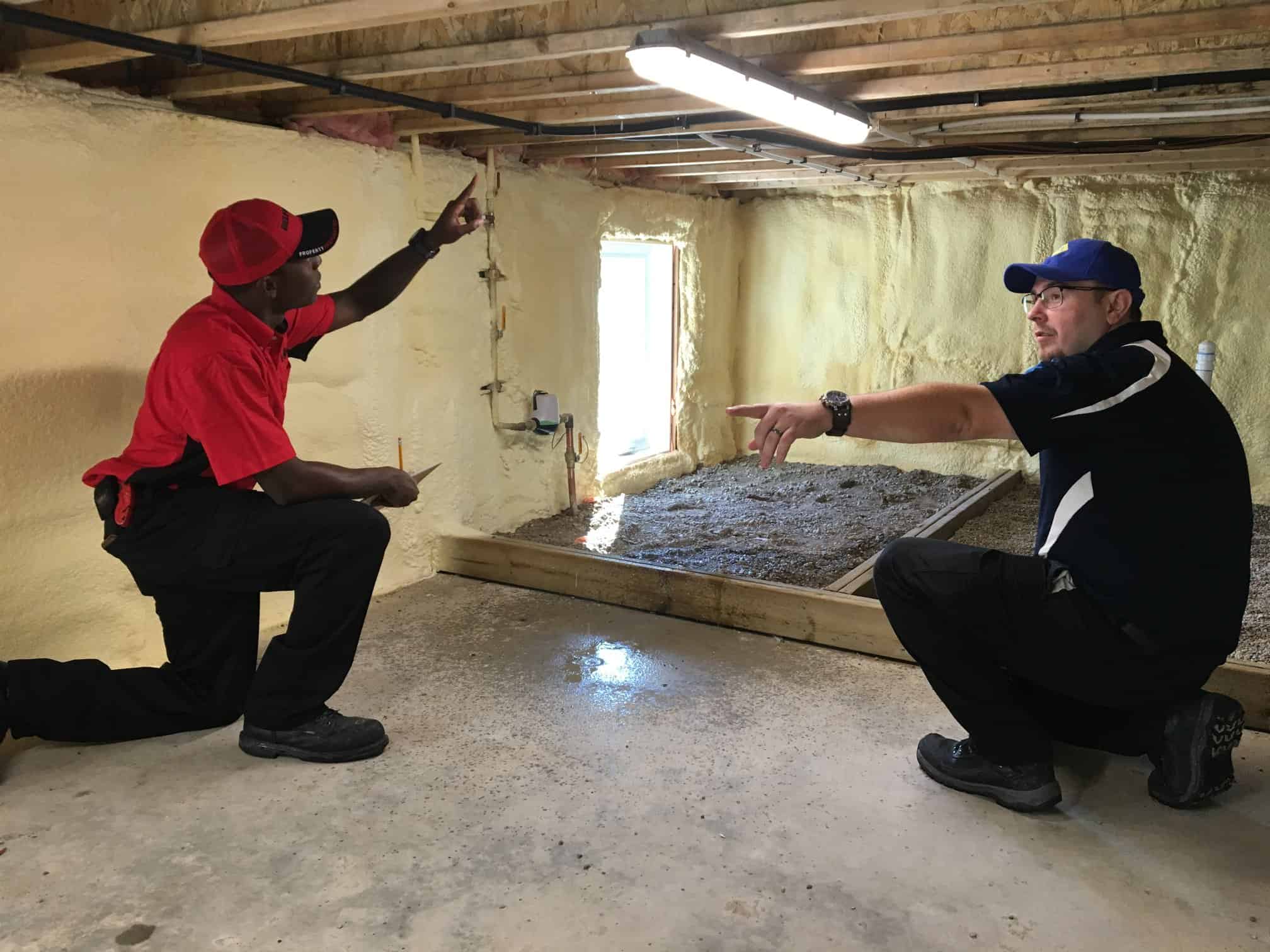Emergency Water Leak Repair to Prevent Further Property Destruction
The Refine of Water Damage Cleanup: Guaranteeing Your Home Is Recovered Properly
Water damage can be a difficult difficulty for property owners, requiring a meticulous and structured cleaning procedure to restore security and capability. Initially, a comprehensive evaluation is crucial to determine the extent of the damage and establish the proper removal procedures. Following this, reliable water removal methods play a critical function in reducing more injury. The nuances of drying out, sanitizing, and ultimate remediation are similarly necessary and commonly forgotten. Understanding these stages can make a substantial distinction in the outcome of your home's reconstruction, prompting a closer check out what each action requires.
Analyzing the Damages
Upon finding water damage, the first action is to thoroughly examine the level of the effect. This preliminary analysis is essential, as it assists identify the required actions for effective clean-up and remediation. Begin by checking the influenced areas, including walls, ceilings, floorings, and individual possessions, to identify the source of the water breach, whether from flooding, leaks, or condensation.
Documenting the damages is important for both insurance cases and planning restoration efforts - damage restoration services. Use photos and written notes to capture the seriousness of the damages, noting any kind of afflicted architectural elements and materials. Pay special attention to areas that may not be quickly visible, such as behind wall surfaces and under carpetings, as concealed moisture can lead to further difficulties, including mold growth
Furthermore, evaluate the timeline of the water exposure. Inevitably, a comprehensive evaluation lays the groundwork for an effective water damage cleanup procedure, making sure that all affected areas are addressed effectively and completely.
Water Extraction Techniques

Professionals typically use submersible pumps for bigger quantities of water, which can rapidly minimize flooding in cellars or other influenced locations. For smaller sized quantities, wet/dry vacuums are commonly utilized to draw out recurring dampness from rugs and difficult surfaces. Furthermore, making use of mobile extractors allows for targeted elimination in confined rooms or locations with delicate products.
In circumstances of contaminated water, such as sewage or floodwater, progressed extraction strategies may entail making use of biohazard tools to make sure safety and conformity with wellness guidelines. High-powered extraction tools are critical in minimizing water retention in structural products, which can cause mold development and structural deterioration otherwise resolved promptly.
Eventually, the performance of water extraction techniques plays a crucial function in the general success of the water damage clean-up procedure, preparing for succeeding remediation efforts.
Drying and Dehumidification
As soon as standing water has been efficiently drawn out, the next crucial phase in the water damages cleaning procedure is drying out and dehumidification. This step is necessary to avoid additional damage and mold development, which can happen within 24 to 2 days in moist environments.
To accomplish effective drying out, customized devices such as industrial-grade air movers and dehumidifiers is utilized. Air movers distribute air you can try these out throughout damp surface areas, enhancing evaporation rates, while dehumidifiers reduce humidity levels in the air, promoting a conducive setting for drying out. The combination of these devices ensures that moisture is extracted from floors, wall surfaces, and furnishings, enabling them to dry completely.
It is necessary to check the drying out process carefully. Experts usually make use of moisture meters to evaluate the moisture content in numerous products, making sure that all influenced areas get to acceptable dry skin degrees. This thorough method aids to Visit Website protect against covert wetness pockets that can cause architectural damages or undesirable mold and mildew growth.

Cleansing and Sanitizing
After the drying out and dehumidification stage is total, the following important action in water damages clean-up is cleaning up and disinfecting the impacted locations. This process is important to stop the development of mold and mildew, bacteria, and various other pathogens that flourish in moist environments.
The cleansing stage usually includes eliminating any kind of debris, dust, and contaminants from surfaces utilizing specialized cleansing agents. For tough surfaces, a mix of soap and water or industrial cleaning items is frequently employed. Soft products, such as furniture and carpets, might need extra comprehensive cleansing techniques, consisting of vapor cleaning or deep removal methods, to guarantee comprehensive cleanliness.

Disinfecting follows cleansing, making use of EPA-approved disinfectants to eliminate harmful microbes. This step is important, particularly in locations that may have entered call with floodwaters or sewer, as these resources can position serious health threats.
Furthermore, it is essential to resolve any kind of remaining smells, which might need making use of odor neutralizers or advanced strategies like ozone therapy. Proper cleansing and disinfecting not just restore the safety and health of your home but additionally lay the groundwork for successful reconstruction and fixings in subsequent stages of see here now the water damages clean-up process.
Reconstruction and Repair Work

Once the analysis is total, restoration efforts can start. Additionally, floor covering might require comparable attention, depending on the level of water exposure.
It is essential to involve skilled repair professionals throughout this process, as they have the know-how to deal with intricate repairs efficiently. In addition, they can help mitigate prospective future problems, such as mold and mildew growth or architectural instability, therefore ensuring a secure and habitable living setting. Inevitably, effective restoration and repair services recover the home's stability and enhance its total value.
Conclusion
Finally, the procedure of water damages clean-up is essential for restoring a home to its pre-damage condition. Each phase, from assessing the damage to implementing reliable water extraction methods, complied with by comprehensive drying out, sanitizing, and necessary repair work, plays a crucial duty in ensuring safety and conformity with building standards. Reliable execution of these steps not only reduces instant damage yet also improves the long-lasting honesty and worth of the property.
Water damages can be a daunting obstacle for homeowners, requiring a organized and careful clean-up process to restore security and performance. Eventually, a comprehensive evaluation lays the groundwork for an effective water damage cleanup procedure, guaranteeing that all impacted locations are attended to successfully and thoroughly.
Efficient water removal strategies are necessary in reducing damage and stopping additional difficulties adhering to a water invasion event.In conclusion, the procedure of water damages cleanup is vital for bring back a home to its pre-damage problem. Each stage, from examining the damage to carrying out effective water extraction strategies, adhered to by detailed drying out, sanitizing, and needed fixings, plays a crucial function in guaranteeing security and conformity with building criteria.